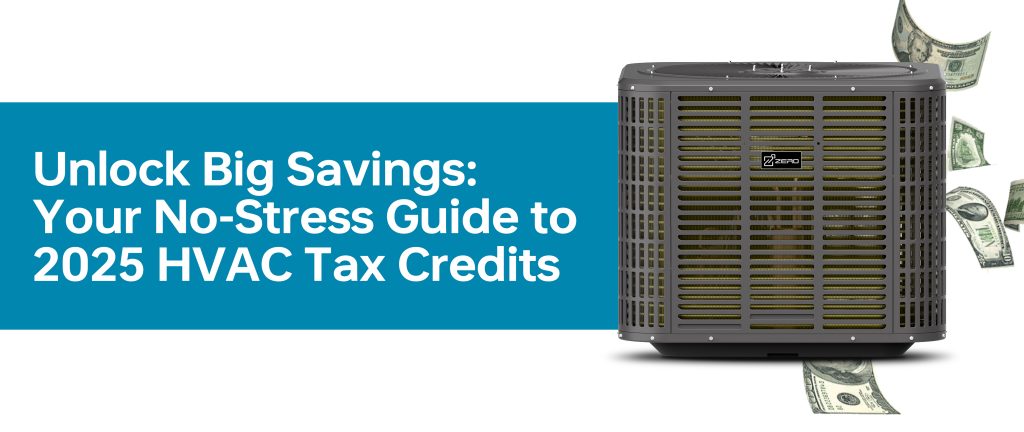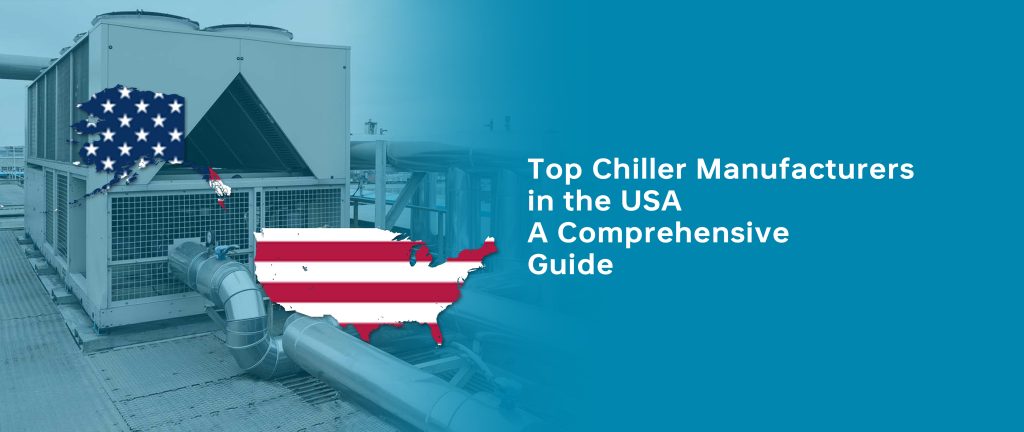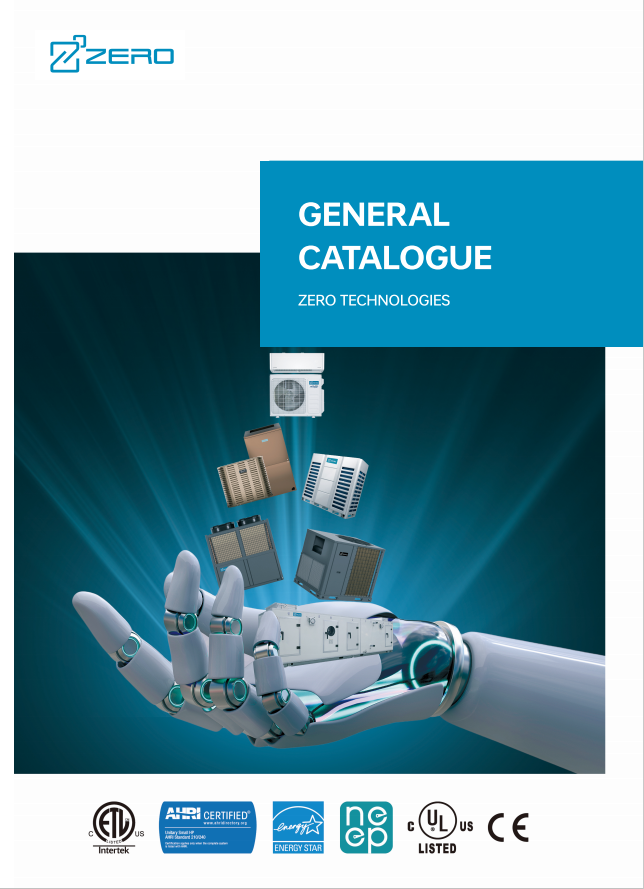When it comes to maintaining a comfortable and efficient commercial building, the HVAC system plays a starring role. Whether you’re a facility manager, business owner, or simply curious about how large-scale climate control works, this Commercial HVAC 101 guide will break down the essentials. We’ll explore what commercial HVAC systems are, how they differ from residential systems, key components, maintenance tips, and why they’re critical for your business’s success.
What Is a Commercial HVAC System?
A commercial HVAC (Heating, Ventilation, and Air Conditioning) system regulates temperature, humidity, and indoor air quality in commercial buildings like offices, stores, hospitals, and warehouses. Commercial HVAC systems are different from home systems in that they’re designed to handle larger space, higher occupancy, and diverse zoning requirements. They’re built for durability, efficiency, and precise control to meet the special requirements of businesses.
Primary Components of a Commercial HVAC System
Understanding the primary components of a commercial HVAC system makes troubleshooting and maintenance easier:
Heating Units
- Furnaces or boilers that generate heat using electricity, natural gas, or oil.
- Heat pumps (common in mild climates) that transfer heat instead of generating it
Cooling Systems
- Rooftop units (RTUs) or chillers that remove heat from the air.
- Split systems, variable refrigerant flow (VRF) systems, or packaged units.
Ventilation
- Ductwork and fans that circulate fresh air and exhaust contaminants.
- Energy recovery ventilators (ERVs) for improved indoor air quality (IAQ).
Thermostats and Controls
- Programmable thermostats, building automation systems (BAS), or intelligent HVAC controls for energy and zoning control.
Air Filtration
- Air cleaners, UV lights, or filters for removal of allergens, pollutants, and pathogens.Commercial HVAC System Types
Commercial buildings vary by purpose and size, so HVAC systems are made to serve unique needs:
- Packaged Systems: Whole system (heating, cooling, ventilation) in a single unit, often rooftop-mounted.
- Split Systems: Indoor and outdoor units (i.e., air handlers with condensers) are separate.
- Variable Refrigerant Flow (VRF): Highly efficient systems that modulate refrigerant flow to multiple zones.
- Water-Cooled Systems: Use water to cool refrigerant, appropriate for large buildings where high cooling demands.
Why Commercial HVAC Maintenance Matters
- A well-maintained HVAC system is necessary for:
- Energy Efficiency: Dirty filters or faulty components raise energy bills by up to 30%.
- Longevity: Regular checks extend the life of costly equipment.
- Air Quality: Forgoing maintenance makes mold, dust, and allergens spread indoors.
- Compliance: Meeting OSHA and local regulations for workplace safety and ventilation.
Pro Tip: Schedule bi-annual tune-ups and replace filters every 1–3 months.
Energy-Saving Solutions for Commercial HVAC
1. Install Smart Thermostats: Automate temperature changes by occupancy.
2. Insulate and Seal Ductwork: Seal air leaks that lose energy.
3. Invest in Zoning: Change temperatures in zones separately.
4.Replace with ENERGY STAR® Equipmen: High-efficiency systems reduce long-term costs.
5. Use Economizers: Pull in cooler outside air to reduce mechanical cooling.
Choosing the Right Commercial HVAC Service Provider: How?
Not all HVAC service companies can handle commercial systems. Look for:
– Licenses and certifications (i.e., NATE, OSHA).
– Experience in your business (i.e., restaurants, data centers).
– 24/7 emergency service.
– Up-front pricing and maintenance agreements.
When to Replace Your Commercial HVAC System?
Consider upgrading if your system:
– Is over 10–15 years old.
– Requires frequent repairs.
– Struggles to maintain consistent temperatures.
– Uses outdated refrigerants (e.g., R-22).
Final Thoughts
A reliable commercial HVAC system is the backbone of a productive, comfortable workplace. By understanding the basics outlined in this Commercial HVAC 101 guide, you’ll be better equipped to make informed decisions about installation, maintenance, and upgrades.





